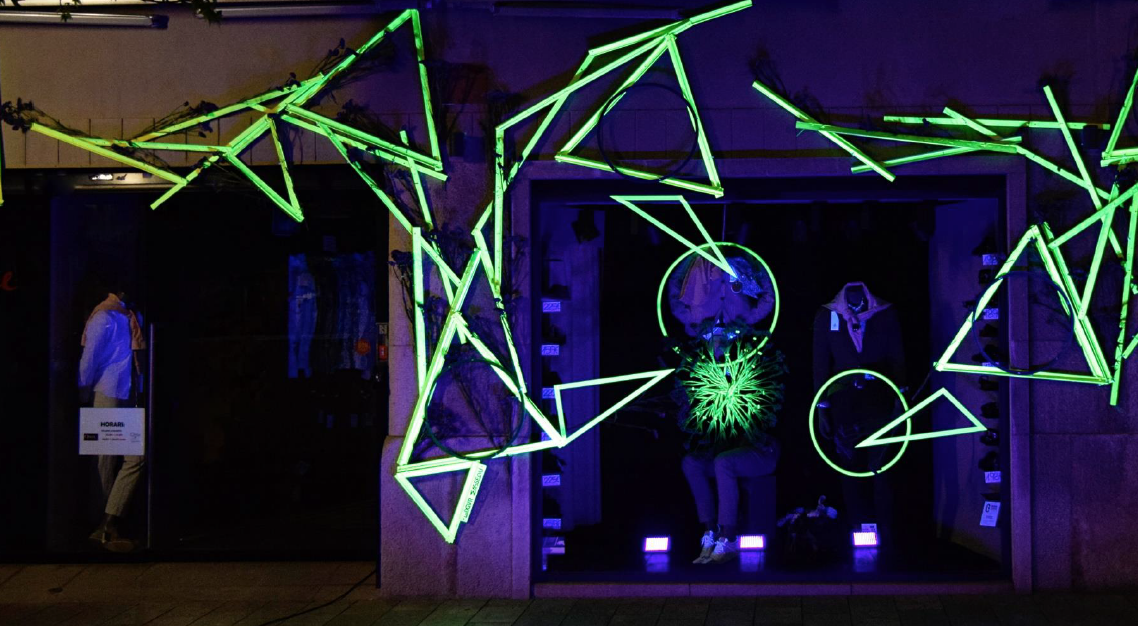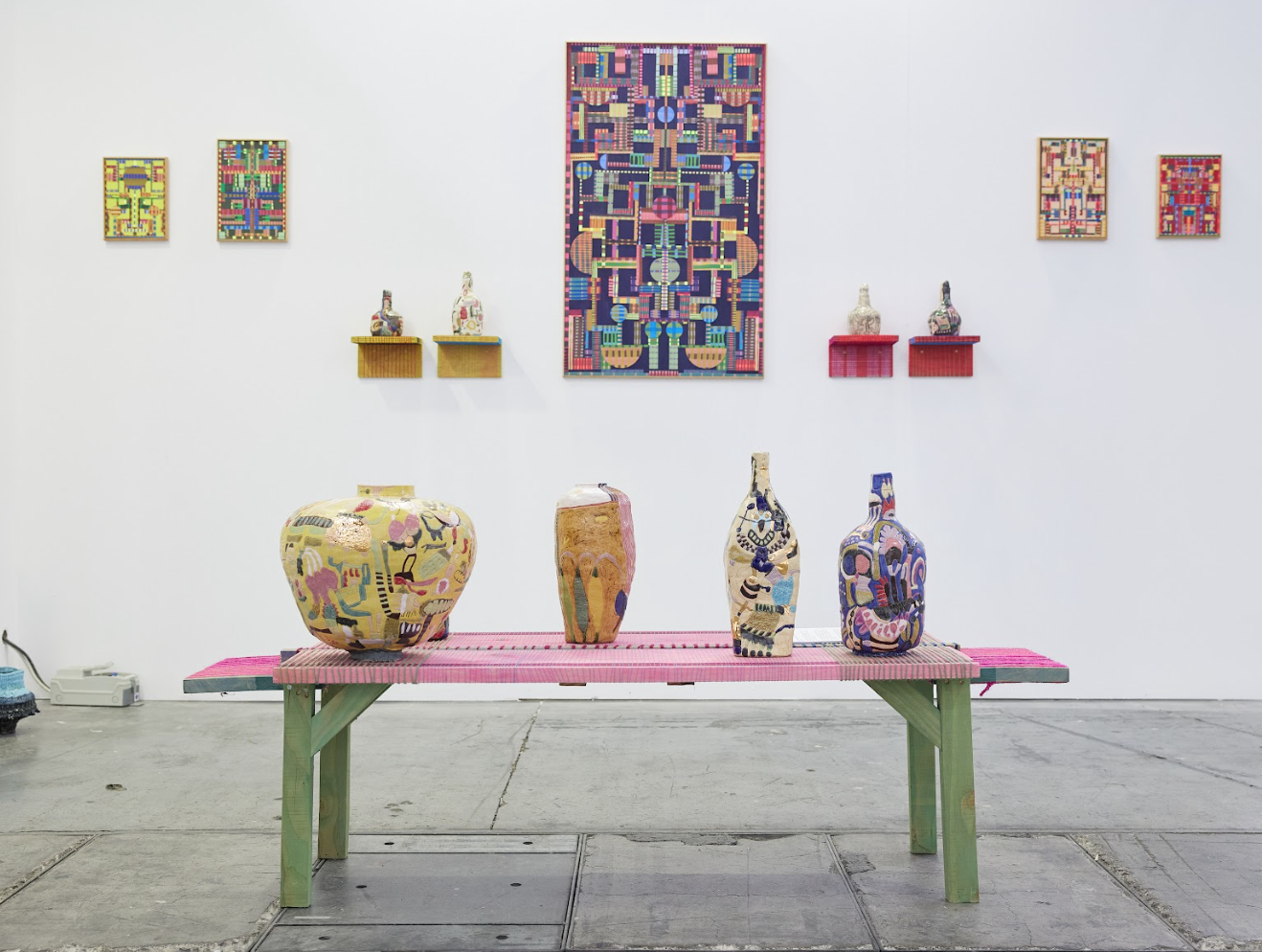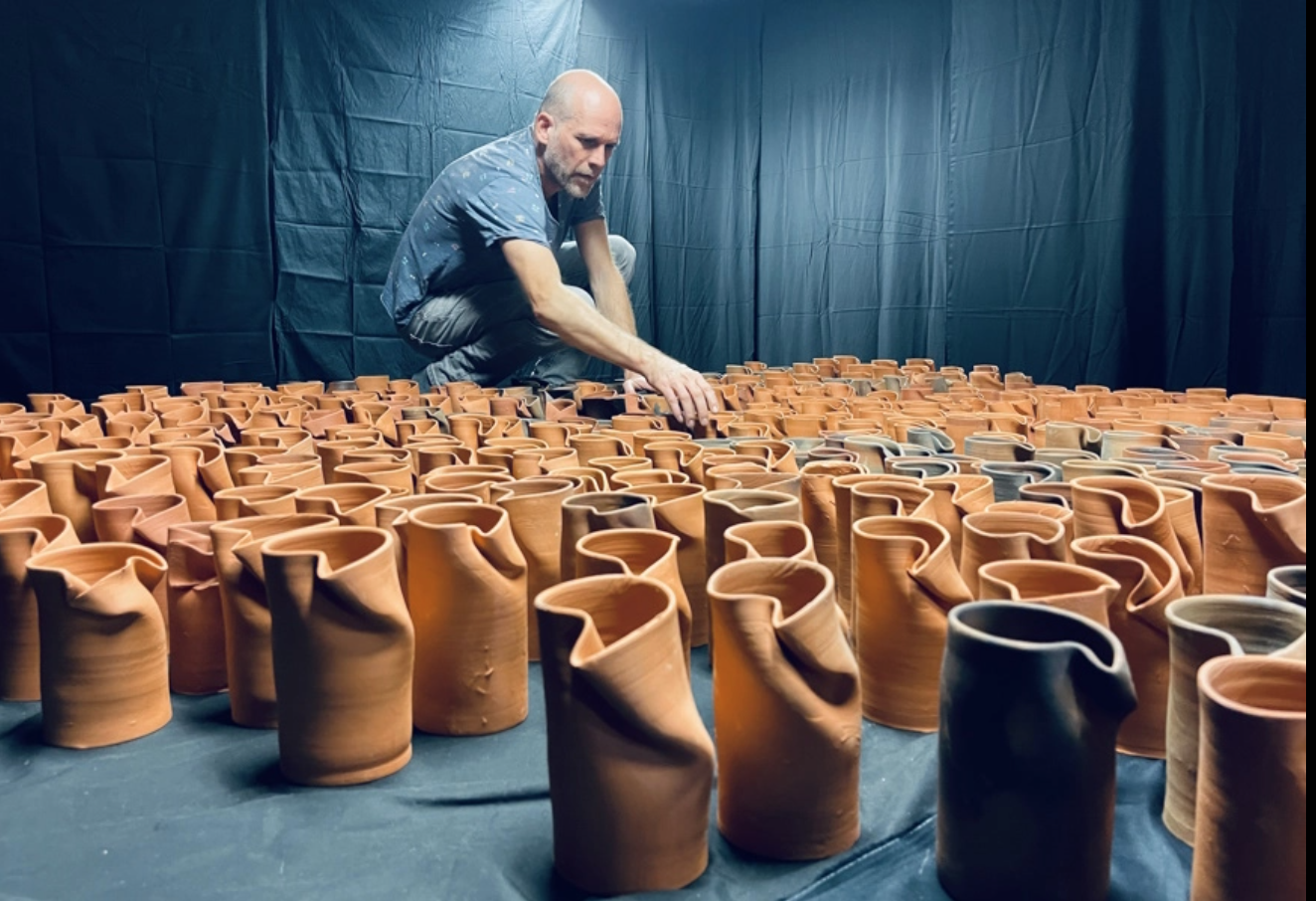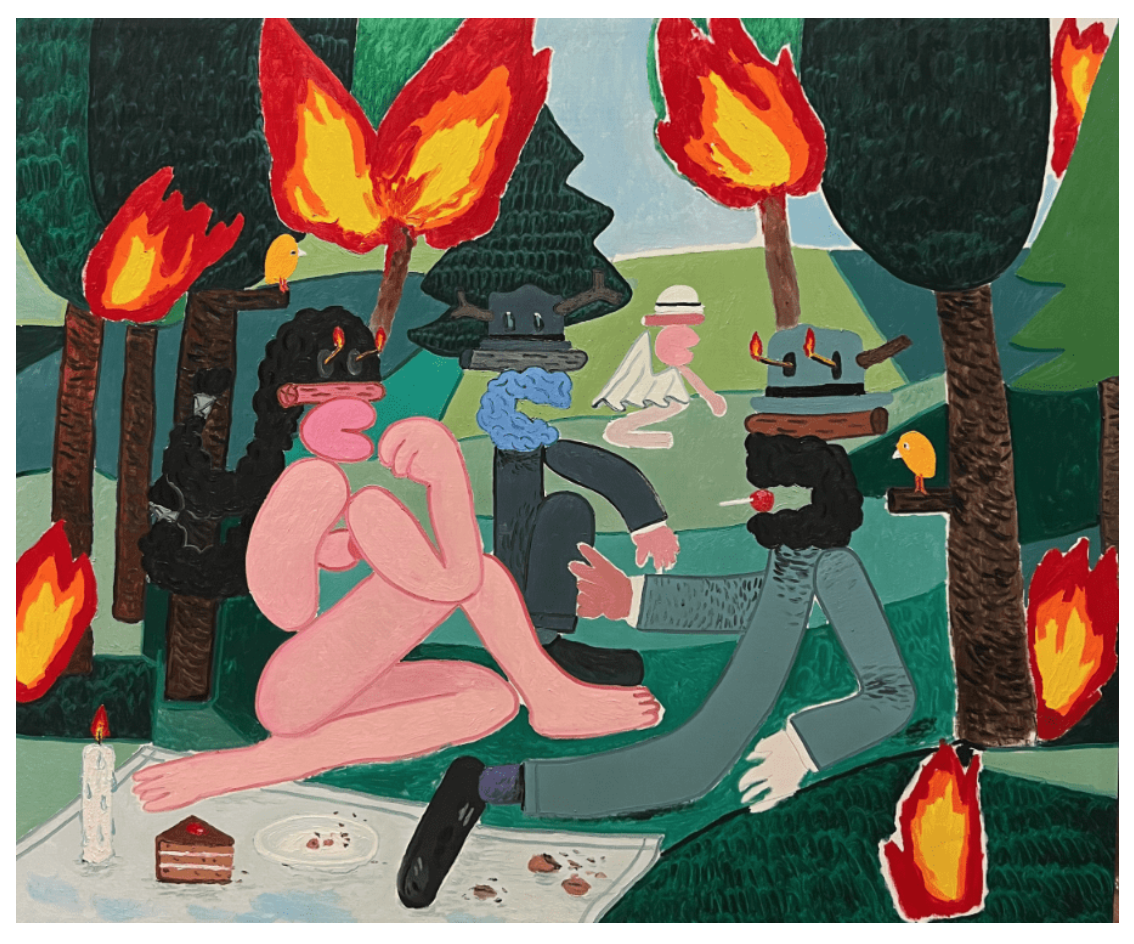Art & Fashion
'Dressed in black. Elegance, tradition and alternative fashion' at the Marès de la Punta Museum
The exhibition of the Arenys de Mar Museum offers you a reflection on the symbolism of the color black in women's clothing through pieces from the Arenys de Mar Museum and new proposals by Eli Conde and José Luís Luances
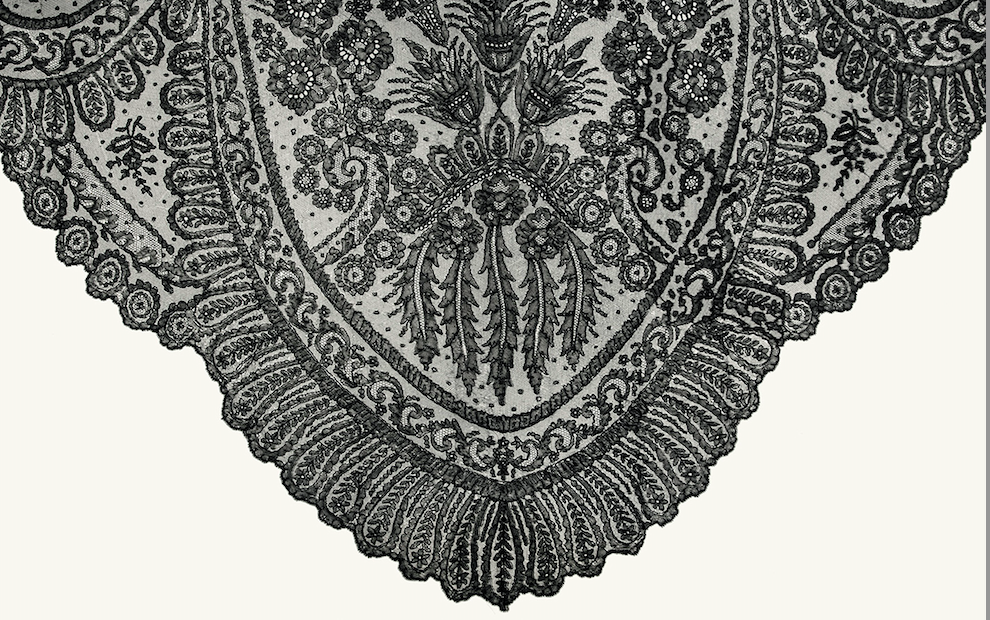
Black occurs when an object absorbs all color wavelengths. It is a pure color, it is the absence of light. The exhibition Dressed in Black shows the range of applications of this color for women's clothing in a tour through three distinct areas. The Marès de la Punta Museum, in Arenys de Mar, wanted to give continuity to the Dress for the Occasion exhibition, about rites of passage, with a display on the different connotations that black has in clothing: elegance and distinction, manifestation of grief, and rebellion and darkness.
Elegance and sobriety in women's fashion are closely linked to the color black. Most designers agree that it is their fifth essence. The fashion for the color black was born strongly in the court of Spain and spread throughout Europe until the 18th century. In the 1860s, an artificial dye was discovered, aniline black, which immediately became popular. Due to its resistance to light, rubbing and washing, it earned the nickname of indestructible in the middle of the Victorian era. But the most important revolution in black fashion was the creation of the little black dress, by Coco Chanel, which created the concept of a monochrome little dress for the elegant woman.
Women also wore black to signify periods of mourning for the death of a close family member. In the exhibition we can find clothing and, at the same time, accessories: gloves, fans and mantles that have a great technical complexity and a high artistic quality. In terms of accessories, the mantellina takes a special place as a richly worked piece and an indispensable requirement for attending church in certain celebrations.
Finally, black also symbolizes evil and obscurity, darkness. From the crisis of the year 1000, it takes on a negative connotation and there are many representations of the devil and the evil one in black. In relation to women, at the turn of the 19th and 20th centuries, many artists wore absolute black to give life to the figure of the femme fatale on stage. Black is also used to distinguish oneself from society and create one's own identity. This is the case of urban tribes, who wear black to encourage a sense of belonging to a group. The exhibition closes with two sets of clothing by contemporary designers Eli Conde and Xelis Luances. Assumpta Dangla





